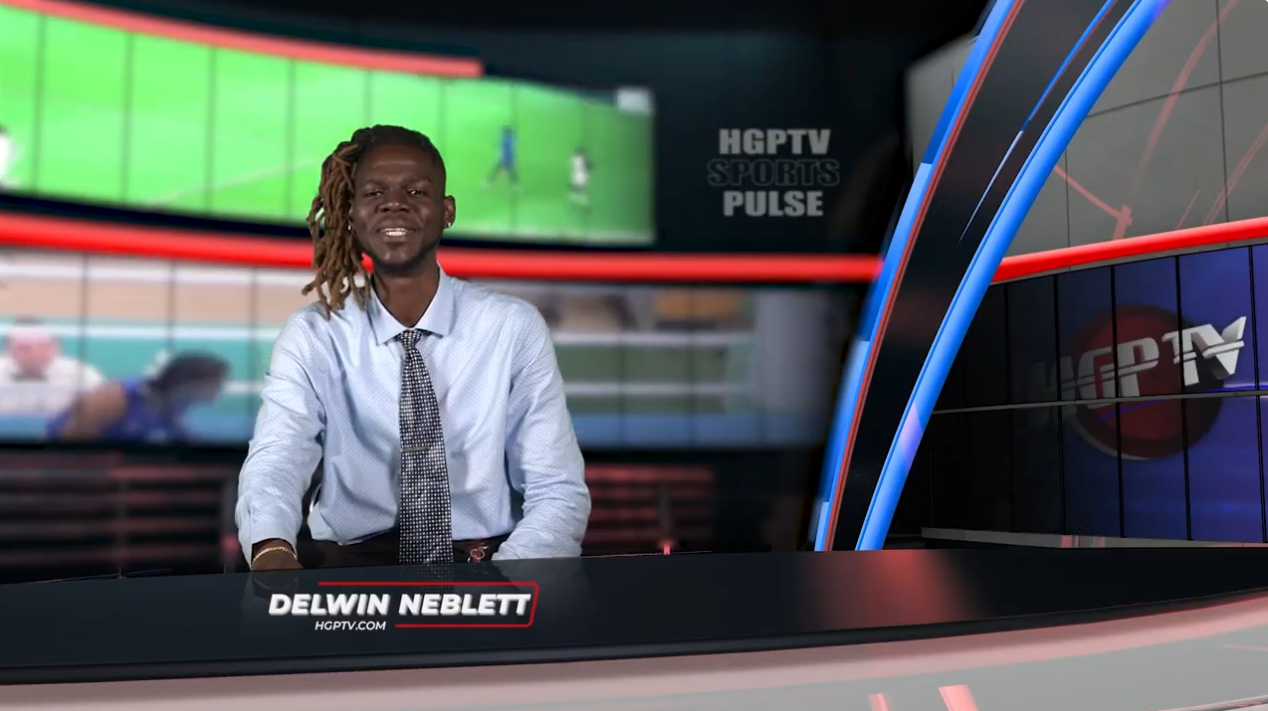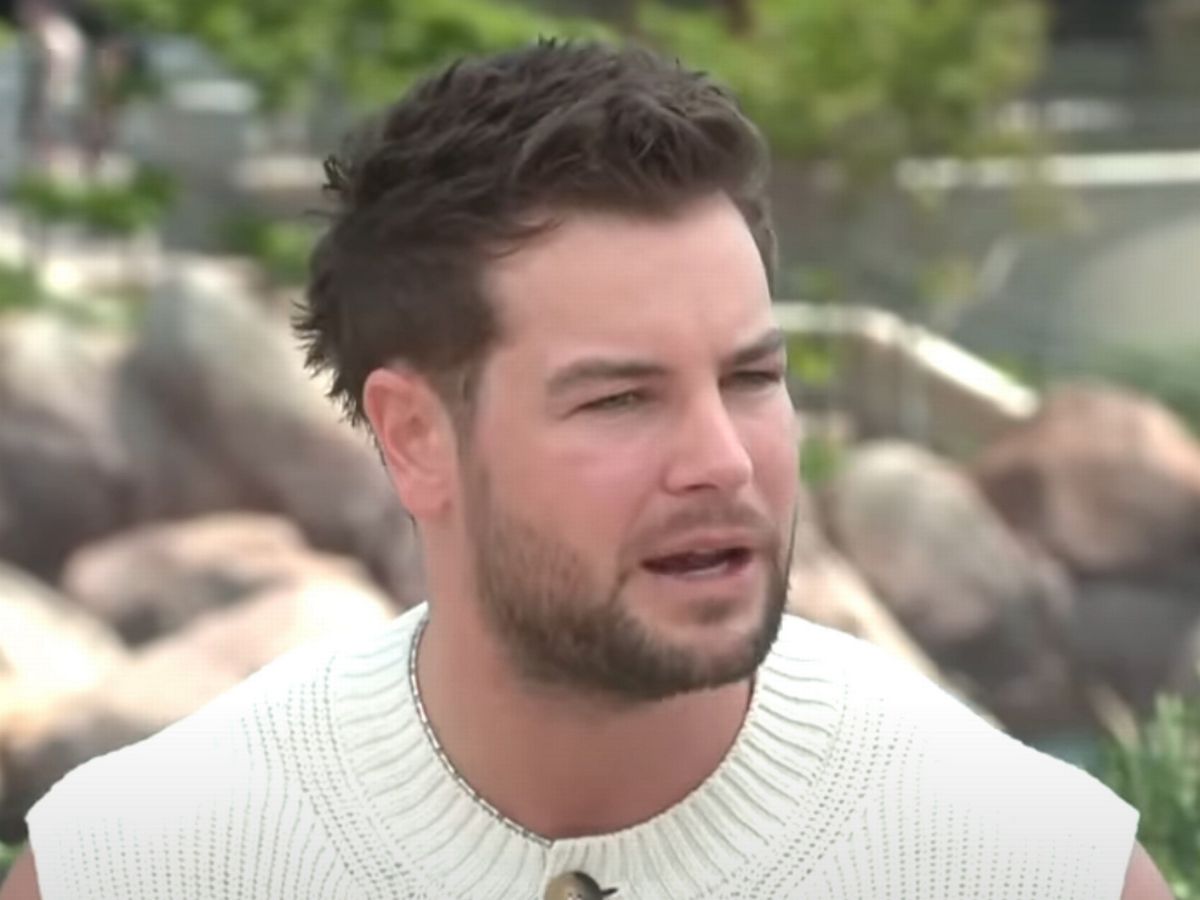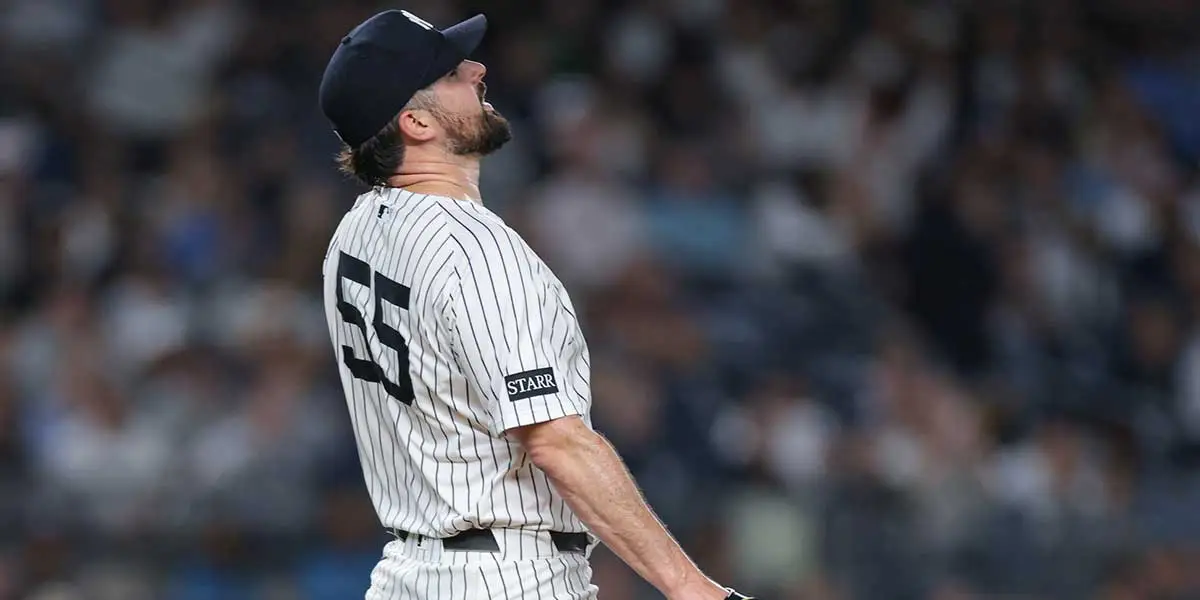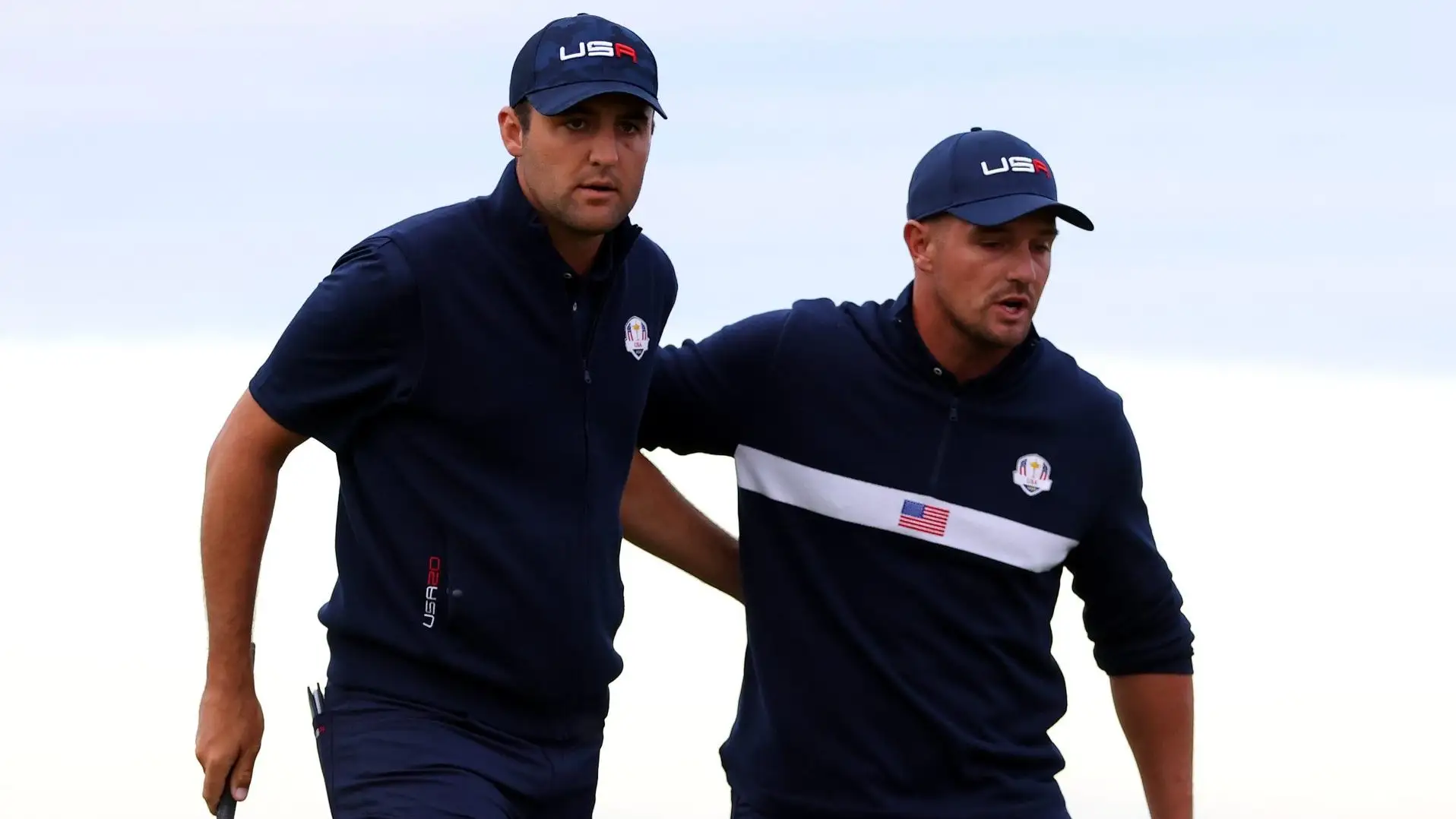By Contributor,Gabby Shacknai
Copyright forbes
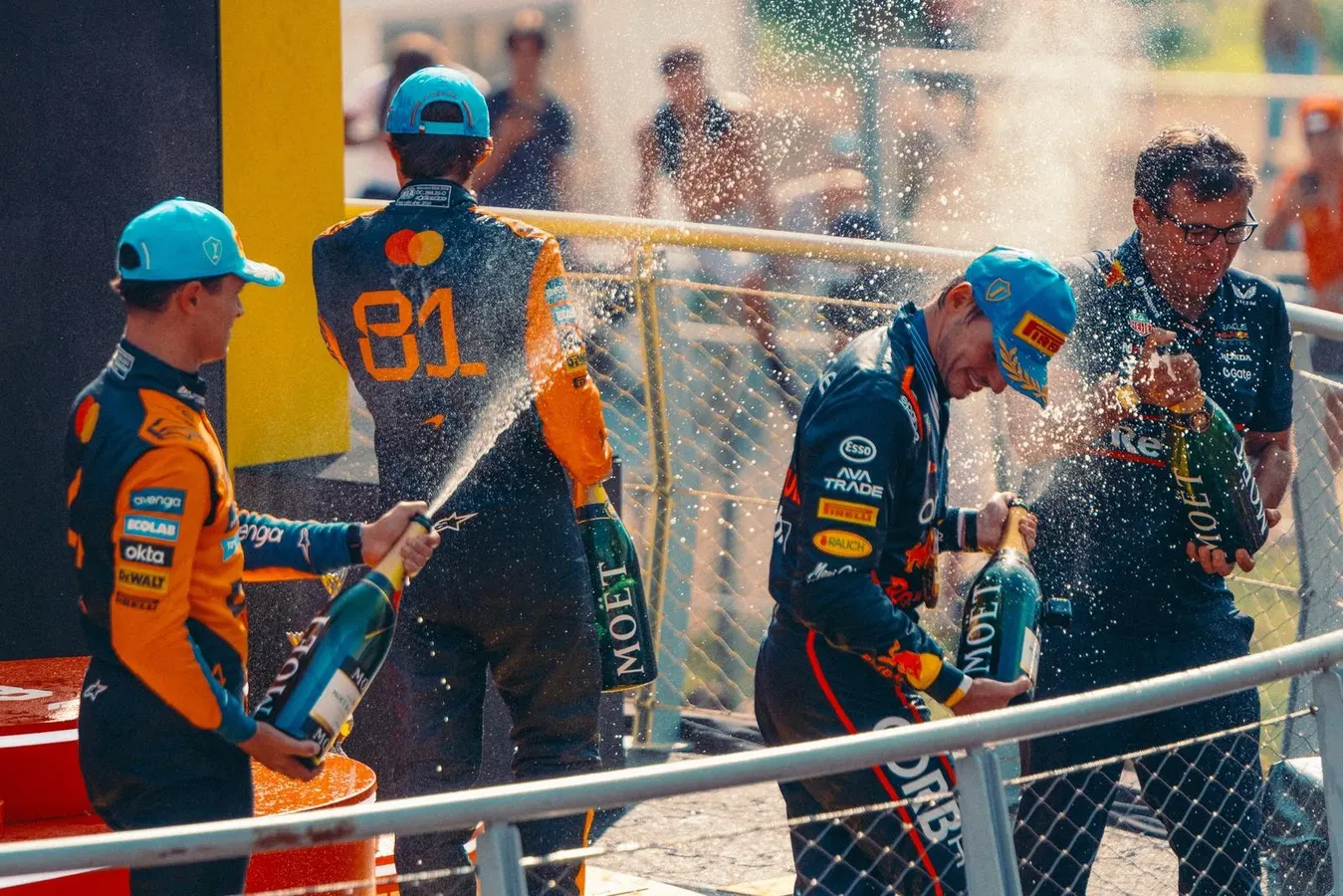
Following a brief hiatus, Moët & Chandon returns to Formula 1 as the official champagne partner, ushering in a new era of the brand’s love story with racing.
Courtesy of Moët & Chandon
When Max Verstappen, Lando Norris, and Oscar Piastri took to the podium at this year’s Italian Grand Prix, their first instinct wasn’t just to bask in the roar of the tifosi or lift their gleaming trophies; it was to reach for a chilled bottle of Moët & Chandon. As the champagne corks flew and the spray rained down on mechanics, fellow competitors, and spectators alike, the moment felt both familiar and historic: a tradition reborn. For Moët & Chandon, the Official Champagne of Formula 1 once again after a 26-year hiatus, the weekend was more than just a celebration of speed. It was a homecoming.
“Moët & Chandon is all about victory and celebration, and sport is a super important part of our DNA,” says Sibylle Scherer, CEO and President of Moët & Chandon. “We were the official champagne partner from 1950 to 1999, so almost five decades of partnership, and our love story with motorsport is really quite historic.”
While champagne and motorsport have been intertwined for nearly a century, Moët & Chandon’s role in that union is especially unique. The very ritual of spraying champagne to celebrate a race victory—today as inseparable from Formula 1 as tire smoke or the checkered flag—was pioneered by the maison itself. The roots trace back to the 1930s, at the Vanderbilt Cup in the United States, when a victorious driver toasted with a bottle of Moët. Two decades later, the gesture evolved into spectacle. In 1950, as Formula 1 launched its inaugural season, Juan Manuel Fangio celebrated his triumph at Le Mans with a Moët & Chandon bottle in hand. Overcome with joy, he showered the crowd (including an astonished Henry Ford II) with champagne, creating a tradition that would soon spread across racetracks worldwide.
Through the decades, the sport’s greatest champions—Niki Lauda, Alain Prost, Ayrton Senna, Michael Schumacher, Mika Häkkinen, and Sir Jackie Stewart—etched their names into history alongside Moët’s unmistakable spray. The image became iconic: the victor’s bottle raised high, bubbles raining down, joy bottled in gold foil and green glass. “In a way, Formula 1 and Moët & Chandon have really gone hand in hand from the start, so coming back now is an incredible privilege and honor,” Scherer says. “We’re sad that we missed 20 years, but it felt like we never truly left the circuit.”
Moët & Chandon has played an integral role in Formula 1 throughout the sport’s history, and racing greats like Sir Jackie Stewart have celebrated their victories with the champagne.
National Motor Museum
MORE FOR YOU
As for the brand’s return to racing in 2025, the CEO points to the power of legacy. “We have a philosophy at Moët & Chandon: joining a great past with a great future,” she explains. “Relationships need to be authentic; otherwise, you should not have a partnership. So, we’re celebrating legacy.” On the eve of this year’s Italian Grand Prix, for instance, Moët hosted a dinner in honor of one of the most important drivers of all time, Sir Jackie Stewart, who is known not just for his victories on the racetrack but also for the incredible progress he helped usher in for safety standards in the sport. “I think we are always looking for ways to connect the past with the future,” Scherer adds.
At Monza, that philosophy was visible everywhere. In the drivers’ cooldown room, a wall chronicled every past Italian Grand Prix winner. The names of Fangio, Ascari, Clark, and Schumacher framed the space, a reminder that this year’s winner would take their place in the same illustrious lineage. “The next legend, the winner of today’s race, is writing history in that room and joining that legacy,” Scherer notes. “At every race, we have a corridor where we add all the names of the winners of the individual Grand Prix, and then the new winner is right there. It’s powerful to join the past and the future.”
2025 Italian Grand Prix winner Max Verstappen joins a long list of previous victors chronicled on a wall in the cooldown room.
Courtesy of Moët & Chandon
That careful balance of nostalgia tempered with modern appeal is also why Formula 1 provides such a compelling stage for Moët today. The sport has transformed over the past decade, fueled by Netflix’s Drive to Survive, a sharp social media presence, and a global calendar that now stretches from Miami to Singapore to Las Vegas. The fan base is younger, more diverse, and more international than ever. For Moët, it’s an opportunity not only to reassert its historic place in the sport, but to connect with a new generation of fans as well.
Of course, Moët’s return doesn’t stand alone. Earlier this year, Formula 1 announced a landmark global partnership with luxury giant LVMH, bringing several of its maisons into the fold. Alongside Moët, Louis Vuitton and TAG Heuer are central partners, ensuring that the world’s most glamorous sport is paired with the world’s most powerful luxury group. “LVMH has a 10-year contract with F1, and there are three big partners: Louis Vuitton, TAG Heuer, and Moët Hennessy,” Scherer explained. “So, it’s Moët Hennessy as a whole, but Moët & Chandon is the official champagne partner.”
For Scherer, this alignment is natural. Formula 1, like LVMH, thrives on excellence, craftsmanship, and spectacle. The collaboration enables synergies across maisons, from Vuitton’s trophy cases to TAG Heuer’s timekeeping precision to Moët’s celebratory spray. It also ensures that LVMH’s presence in F1 feels holistic and enduring, not a fleeting branding exercise.
Though the partnership began at the start of the season, the Italian Grand Prix marked the first time the it was felt at full scale, offering Moët both visibility and symbolism. “Our main Grand Prix was Spa, which was the Moët & Chandon Grand Prix, and we were very happy that it was in Spa because it’s a very cool track,” Scherer recalled. “The drivers love it, and it’s one of the more historic ones. Plus, it’s very close to home, in Champagne. But of course, we have a presence in the Parc Fermé, in the cooldown room, in the corridor, and on the podium at all of the races.”
Moët’s return to F1 is a part of a larger partnership between the sport and LVMH, one that showcases the champagne alongside the Louis Vuitton and TAG Heuer maisons.
Courtesy of Moët & Chandon
At Monza, that visibility extended beyond trackside branding. Guests at Moët’s dinner honoring Sir Jackie Stewart found themselves immersed in the brand’s storied relationship with the sport, while VIPs in the paddock sipped glasses of the maison’s signature cuvées. The message was clear: Moët is back, and it intends to reclaim the champagne celebration as its own.
2025 also marks Formula 1’s 75th anniversary, making Moët’s return all the more poignant. The podium toast has long been one of F1’s most recognizable rituals, a moment that blends triumph, tradition, and unadulterated joy. With Moët & Chandon back as the official champagne partner, the sport is signaling not just a return to form but a celebration of the history and refinement that have bound the two together for decades.
Though the partnership will inevitably deliver brand visibility, Scherer sees it as something deeper: an alignment of values—the precision, teamwork, and pursuit of excellence that define both champagne making and motorsport. At its core, the return of Moët to Formula 1 is about the universal human impulse to celebrate triumph, a feeling that few brands embody as seamlessly as Moët and few sports capture as viscerally as F1. “Celebration is at the heart of what we do,” Scherer says. “Formula 1 is about celebrating victory, and Moët is there to craft those moments.” With a decade-long partnership ahead and a global fan base ready to embrace both heritage and innovation, Moët, it seems, is back where it belongs: sprayed across the faces of champions and shimmering in the spotlight of Formula 1.
Editorial StandardsReprints & Permissions
